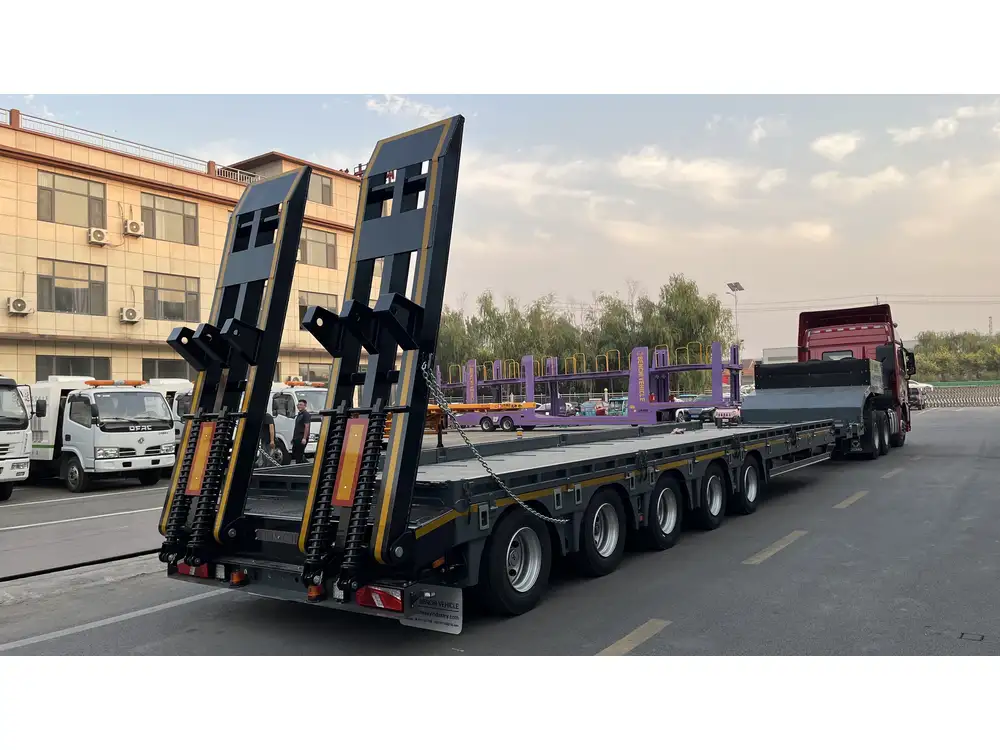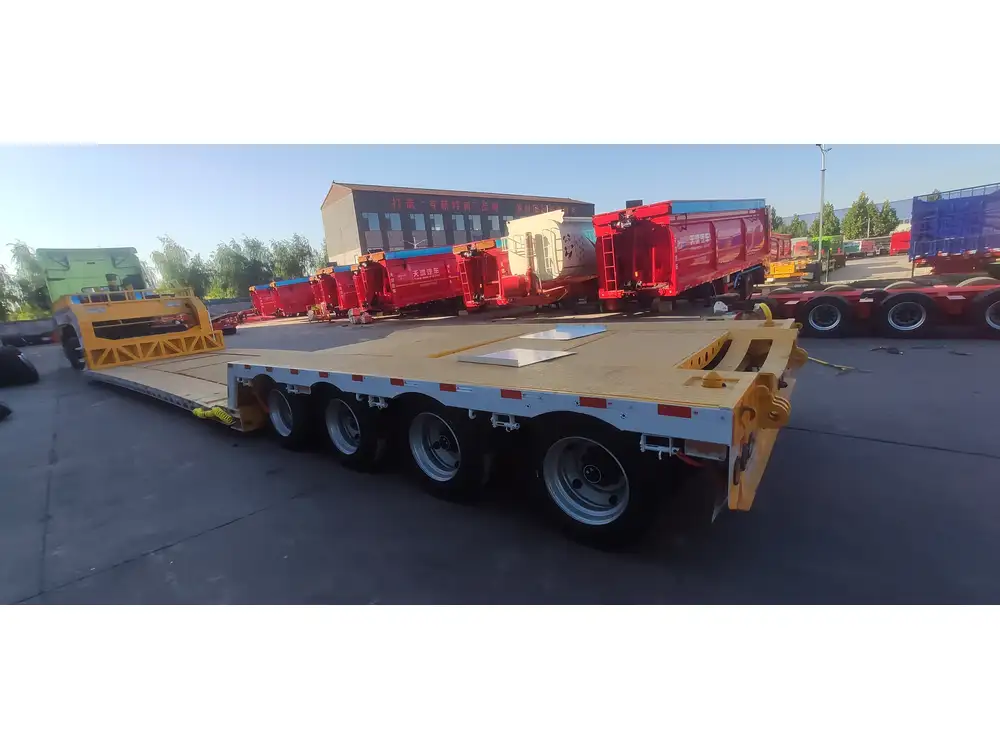Introduction to Active Trails and Cycles
In the realm of graph theory, a fascinating inquiry arises: can an active trail contain a cycle? This question is fundamental, especially in the study of paths, trails, and cycles within directed and undirected graphs. To unpack this concept, we need to clearly define what we mean by an “active trail” and a “cycle.”
An active trail is defined as a walk in a graph where every edge is traversed at least once, and vertices may be revisited without restrictions. Contrastingly, a cycle is a path that starts and ends at the same vertex, containing at least one edge, and has no other vertex repeated. The intricate relationship between trails and cycles in various configurations, particularly in directed graphs, raises profound theoretical and practical insights.
The Mathematical Foundation

Definitions and Properties
Graph Elements:
- Vertex (V): A point in the graph.
- Edge (E): A line connecting two vertices.
Types of Graphs:
- Undirected Graph: Edges have no direction – they indicate a bidirectional relationship.
- Directed Graph (Digraph): Each edge has a direction, represented as an ordered pair of vertices.
Trail: Composed of vertices and edges, where edges are traversed without restrictions on vertex revisits.
Cycle: A closed trail where the starting and ending vertices are the same.
Theorems and Observations
Theorem 1: Existence of Cycles in Directed Graphs
In directed graphs, cycles can exist under certain conditions:
- When a directed trail returns to its starting point without repeating edges.
- This occurs in strongly connected graphs where every vertex can reach every other vertex.
Example: Consider a directed triangle graph:
- Vertices: A, B, C
- Edges: (A → B), (B → C), (C → A)
Here, an active trail (A → B → C → A) forms a cycle.

Theorem 2: Eulerian Trails and Cycles
A graph has an Eulerian Cycle (a cycle that visits every edge exactly once) if:
- Every vertex has an even degree.
- The graph is connected.
An Eulerian Trail (which may repeat vertices) can be established under different conditions:
- Exactly zero or two vertices have an odd degree.
Here, understanding the conditions under which trails can lead to cycles is paramount for various applications, from network design to logistics.
Investigating the Relationship
Can an Active Trail Form a Cycle?
The pivotal question—can an active trail contain a cycle? The short answer is yes, but under specific circumstances. Let’s dissect this with depth.
- Circle Within a Trail: If an active trail returns to its initial vertex after traversing various edges, it inherently contains a cycle.
- Revisiting Vertices: Since an active trail allows revisiting vertices, it’s possible to create cycles by returning to previously encountered points.

Implications of Cycles in Active Trails
The presence of cycles within active trails bears significant implications in various fields:
Transportation and Logistics
In transportation networks, identifying cycles in routes can optimize delivery paths:
- Possible routes can be evaluated for cost-effectiveness.
- One can minimize redundant travel, thus saving time and resources.
Computer Networks
In computer network design, understanding cycles can prevent data packet loss:
- Routes must be loop-free to avoid data congestion.
- Active trails may need to be optimized to establish efficient paths.

Comparison of Cycles and Trails
To better understand their characteristics, the following table summarizes the differences between cycles and active trails:
| Feature | Cycle | Trail |
|---|---|---|
| Definition | Closed loop returning to start vertex | Walk where edges may repeat |
| Edge Traversal | Each edge traversed once | Edges can be traversed multiple times |
| Vertex Revisiting | No vertex other than start point is repeated | Any vertex can be revisited |
| Applications | Network cycles, circuit design | Route planning, logistics |
Addressing User Intent and Common Questions
Why is Understanding this Relationship Important?
- Planning Efficiency: Knowing how trails can overlap with cycles allows for optimized route planning, essential for logistics and delivery services.
- Algorithm Development: In programming and algorithm design, implementing trails and cycles can enhance search algorithms, such as those used in AI for pathfinding.

Frequently Asked Questions
What if an Active Trail Covers All Edges?
It induces an Eulerian circuit, yielding necessary insights into network connectivity.Are All Cycles Active Trails?
Yes, every cycle can be viewed as an active trail, but not all active trails are cycles, given the conditions surrounding edge traversal.How Can Graph Theory Improve Operational Efficiency?
By employing algorithms rooted in graph theory, companies can streamline operations, reduce costs, and enhance service delivery.
Practical Applications of Active Trails and Cycles
Understanding the dynamic interaction between active trails and cycles informs various fields, showcasing their significance through diverse applications.
Engineering and Infrastructure
In civil engineering, infrastructure planning benefits from comprehending cycles in road designs:
- Traffic flow analysis can significantly reduce congestion through innovative designs ensuring optimal paths.

Telecommunications Networks
In telecommunications, trails and cycles in network graphs determine connectivity and redundancy:
- Recognizing cycles helps in maintaining robust data transmission pathways.
Conclusion: The Intricacies of Graph Theory and Real-World Applications
In summary, the exploration into whether an active trail can contain a cycle reveals critical insights that are applicable across numerous fields—from logistics to telecommunications. Understanding the principles governing trails and cycles not only enhances academic knowledge but also equips professionals with essential tools for practical problem-solving.
Through this analytical lens, we invite further exploration of intricate graph relationships, exploring the potential challenges and innovations they inspire in both theoretical research and practical implementations. As technology evolves, so too will our understanding of these complex constructs, driving advancements across various sectors.
Call to Action
To deepen your understanding of active trails and cycles in graphs, explore advanced graph theory literature, or join a community of thinkers engaged in cutting-edge discussions. Equip yourself with knowledge that transcends academic boundaries, and apply it to practical challenges in your industry.



